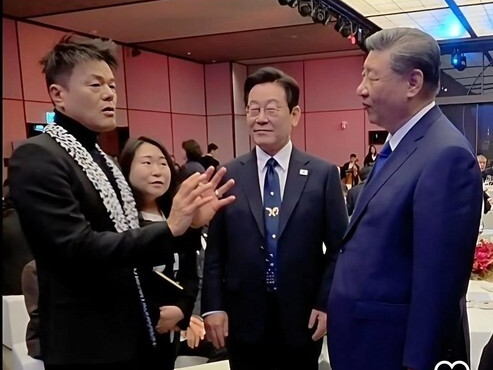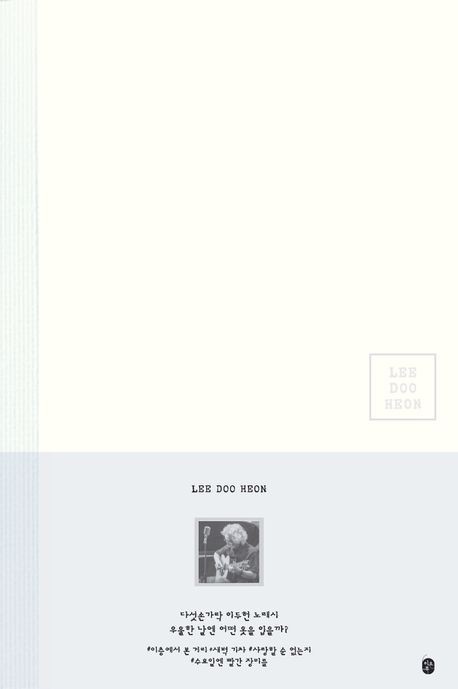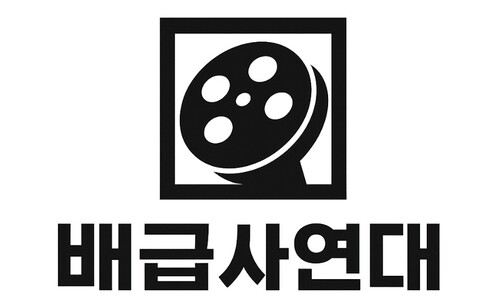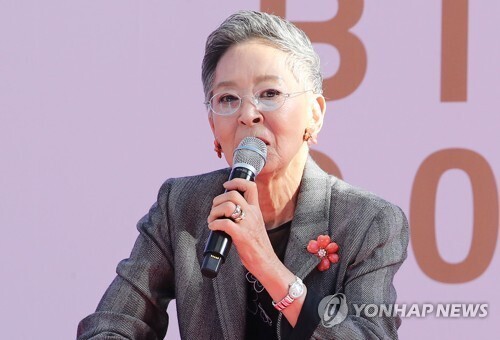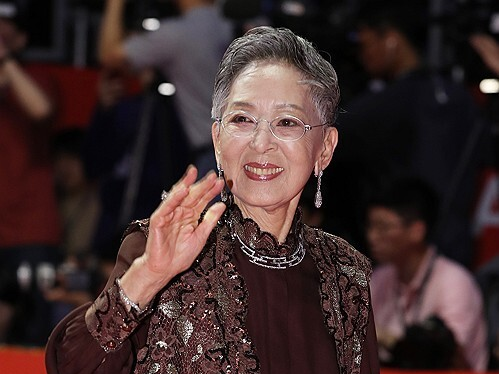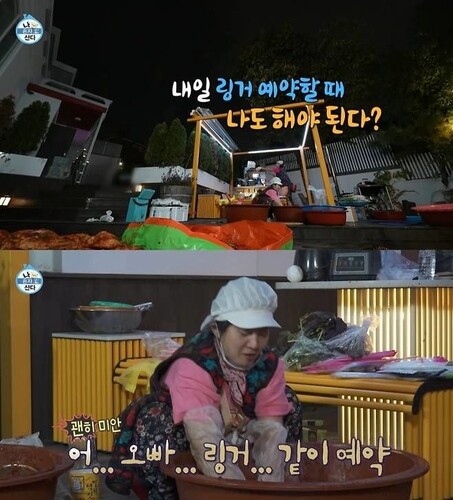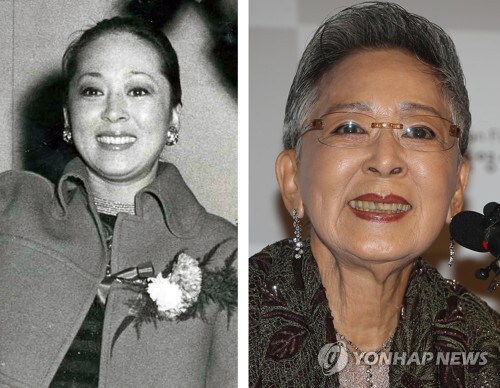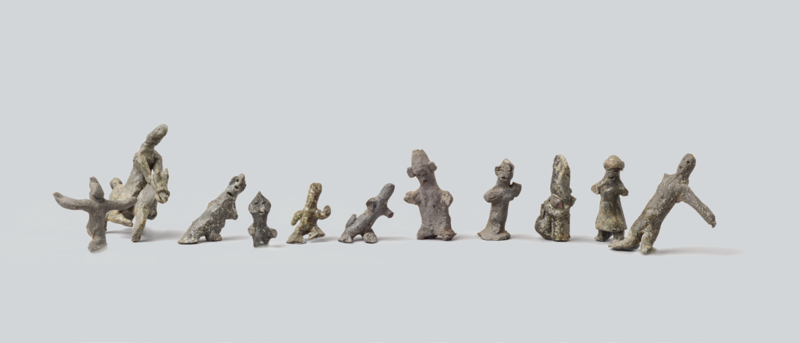 |
| ▲ This photo, provided by the Gyeongju National Research Institute of Cultural Heritage, shows To-Woo excavated in Haeja of Wolseong. (PHOTO NOT FOR SALE) (Yonhap) |
GYEONGJU, June 29 (Yonhap) – A relic which tells information about global communication of Silla was found at Haeja, a pond surrounding the castle wall of Wolseong, where old palace site of Silla is located.
It is To-Woo, a clay doll that looks like a westerner wearing a turban, which seems to be about 1,600 years ago.
To-Woo is a small clay doll, about 2 to 10 centimeters tall, usually made to attach on lid of earthenware or pot as decorations.
Ancient To-Woos of Korea are most excavated in the Silla region, which seemed to have been used not only for the decoration purpose but for wishing the prosperity or ritual object.
In the excavation research of Haeja in Wolseong, which has been continued since the 1980s, excavated To-Woos are a total of 30 pieces, and among these, To-Woo called “The Westerner wearing a turban” is the most popular.
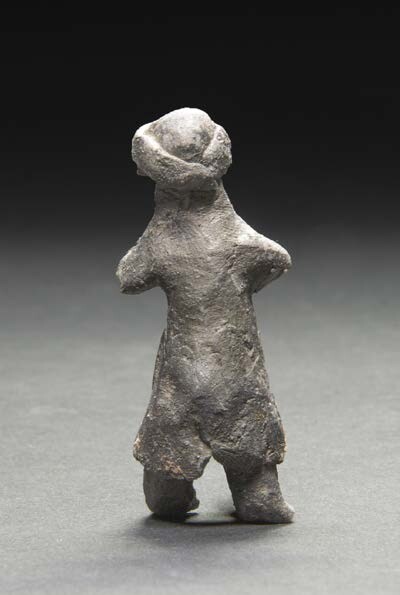 |
| ▲ This photo, provided by the Gyeongju National Research Institute of Cultural Heritage, shows Westerner To-Woo. (PHOTO NOT FOR SALE) (Yonhap) |
This Westerner To-Woo is standing facing the front, wearing a turban on its head which comes down to its right forearm.
It is wearing a Kaftan (a long top wear in shirt shape worn by people in the eastern Mediterranean), showing the characteristic of garments of horse-riding tribe.
It is similar to the garments of Sogdian (a current Iranian resident based in Sogdiana of Central Asia), which are called as “Hobok (a Chinese garment)” in the ancient Tang of west Asia.
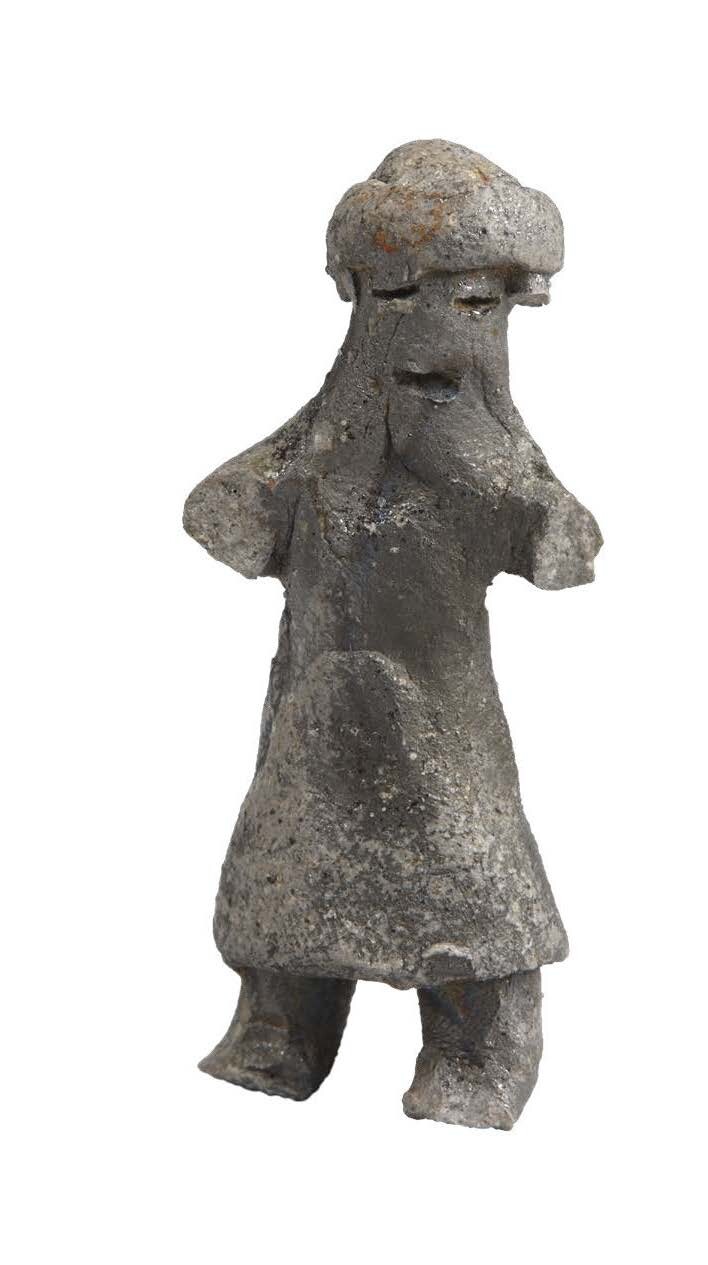 |
| ▲ This photo, provided by the Gyeongju National Research Institute of Cultural Heritage, shows Sogdian To-Woo. (PHOTO NOT FOR SALE) (Yonhap) |
Other than To-Woo, diverse relics which seem like Westerner are found in tombs of royal families.
Judging from Roman glass (glass product which was produced in Roman empire and was introduced to Korea during the Three Kingdoms Period) buried in tombs of royal families, and stone statue which seems like a Westerner keeping a royal tomb, it can be said that communication with Western nations is not a coincidence, but the aspect of diplomacy of Silla, actively done in national level
Westerner To-Woo wearing a turban is in a shape of Westerner in the early 6th century, which is earlier than a barbarian doll of Gueneung tomb made in the 8th century, and a barbarian doll made at the period between the 7th and the 8th century excavated in ancient tombs of Yong-gang dong, which proves that Silla communicated with Western nations since the early 6th century.
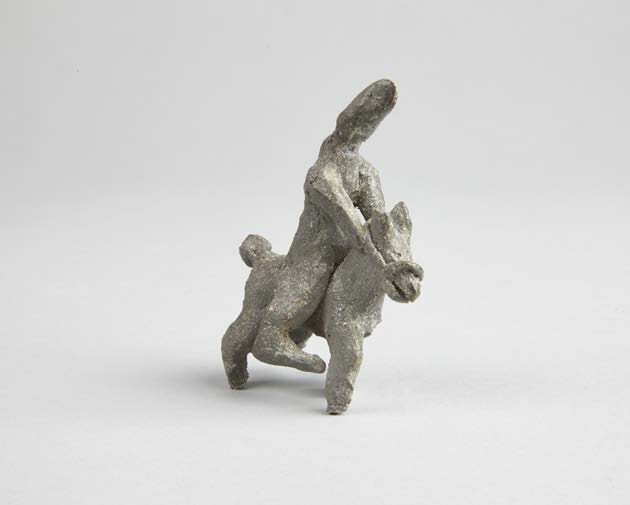 |
| ▲ This photo, provided by the Gyeongju National Research Institute of Cultural Heritage, shows To-Woo of a man riding a horse. (PHOTO NOT FOR SALE) (Yonhap) |
Other than that, To-Woos of a man with an emphasis on genitals, a person riding horse, and a person dancing were also excavated at Wolseong, which show the world view and human emotions of Silla people.
To-Woo, whose arms are stretched out sideways as if it were dancing, has an impressive outfit with long narrow sleeves and a collar that wraps high around his neck.
It also seems like having a ritual ceremony, considering that it is wearing long shaped hat.
These To-Woos are estimated to have been used for shamanistic ritual of Silla people, showing unique identity of Silla, which is different from other culture areas.
Another relic that shows traces of global communication of Silla is seed of castor oil bean.
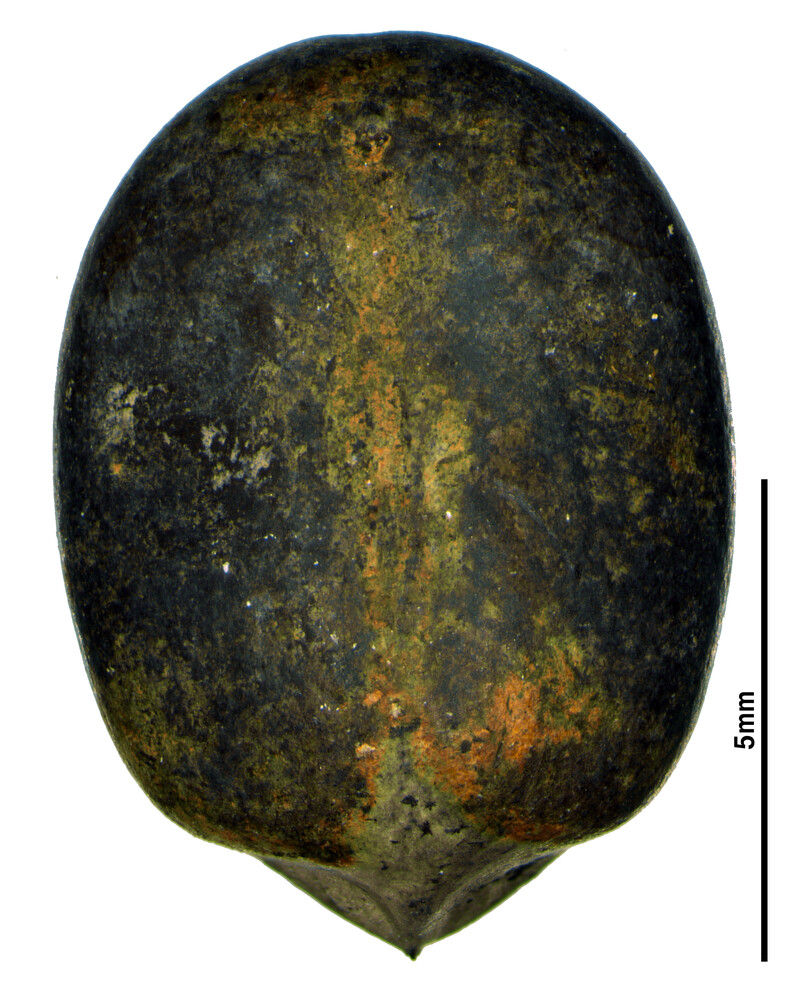 |
| ▲ This photo, provided by the Gyeongju National Research Institute of Cultural Heritage, shows a seed of castor oil bean excavated at Wolseong. (PHOTO NOT FOR SALE) (Yonhap) |
Seeds of castor oil bean excavated in Wolseong were used for hair oil, medicine, or lamp oil.
It is noticeable that these castor oil bean seeds originated from India and Africa, and they were not indigenous species of Korea.
This little seed which is 9mm long and 7mm wide, was introduced to India from Africa, and is presumed to have come to Korea through Silk Road.
It can be estimated that not only the exchange for human resources but for material resources was also made between Western nations.
 |
| ▲ This photo, provided by the Gyeongju National Research Institute of Cultural Heritage, shows To-Woo excavated in Haeja of Wolseong. (PHOTO NOT FOR SALE) (Yonhap) |
Traces of diverse global communication of Silla during the 6th century were found as such.
It can be said that the open-minded and adventurous culture of Silla made the nation develop into the millennial kingdom, finally unifying the three kingdoms, although it was the last nation to establish the ancient system of state.
(This article is translated from Korean to English by Kim Jimin.)
(END)
(C) Yonhap News Agency. All Rights Reserved












![[가요소식] 하츠투하츠 내년 3월 북미 쇼케이스 개최](https://korean-vibe.com/news/data/20251216/yna1065624915956235_448.jpg)
![[가요소식] 군 복무 마친 NCT 태용, 내달 단독 콘서트](https://korean-vibe.com/news/data/20251216/yna1065624915956223_957.jpg)
